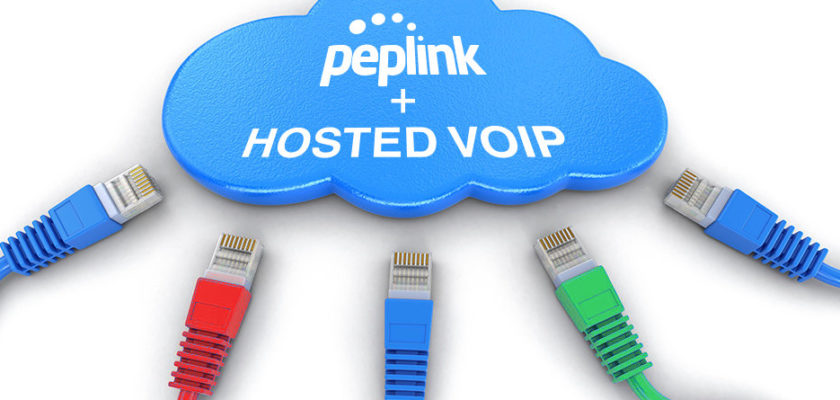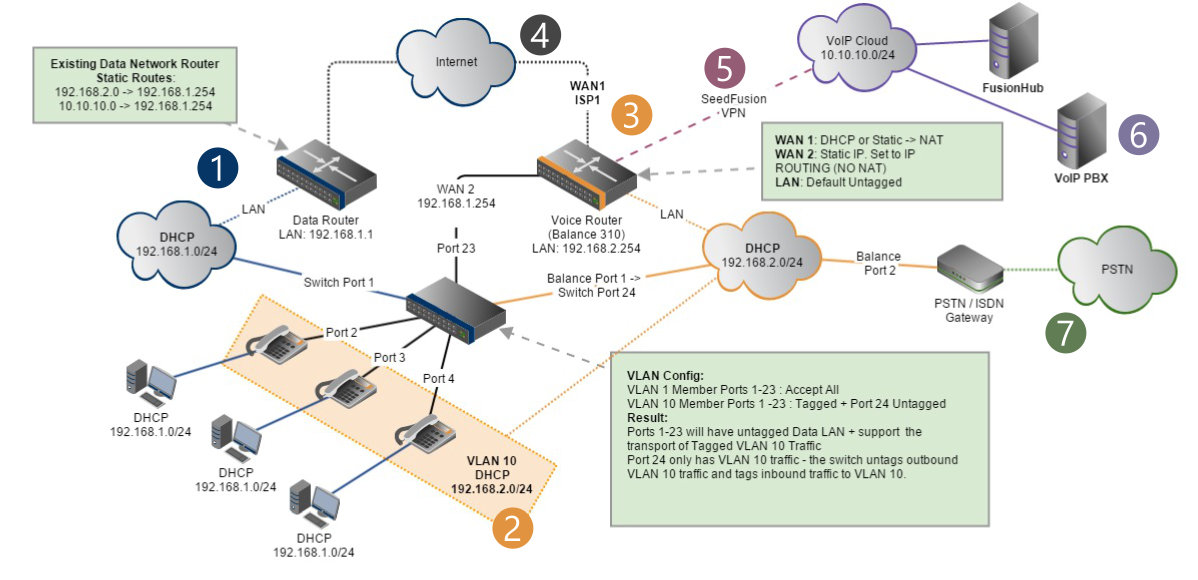The Demand for Hosted VoIP is Growing
January’s ‘Comms Dealer’ magazine has a great article entitled ‘UK PBX sales reflect hosted uptake’ which highlights a dip in demand for on site PBX/IP PBX systems in Western Europe and North America SME markets. They have an article on their website with more detail and the numbers involved – but the short version is that in these markets more people are choosing to move to hosted VoIP solutions instead of on premise solutions when renewing their telephony systems.
This trend fits with my own experience of talking to our partners who specialise in VoIP service delivery, all of whom are looking to offer cloud hosted VoIP to their customers in one form or another.
The drivers are plentiful – simplified, centralised service delivery is key of course, in that it reduces support and management overhead for the service providers – the cost savings from which they can pass on to their customers.
There are also some interesting new VoIP as a service models out there too, with some providers selling new handsets that come with a years worth of VoIP service bundled with the product, to others offering pay as you go products where handsets and VoIP service are leased to the customer with handsets replaced every three years free of charge to enable the customer to take advantage of the best possible modern technology for their business communications.
Connection Reliability is of Key Importance for Hosted VoIP
All of this is good news for the end customers who can get the latest technology with service agility and ease of deployment combined for their business communications, however as with any cloud based service, hosted VoIP can only ever be as good or as reliable as the internet connectivity at the VoIP handset office location.
For those customers in metro locations with fiber links and/or MPLS ISP interconnects, hosted VoIP is hardly a challenging application to support, but for smaller companies and those in locations more distant from ISP points of presence and exchanges that are yet to be enabled with the latest and greatest FTTC technologies, more thought needs to be taken about how to provide reliable internet connectivity for VoIP.
Peplink Technologies Provide VoIP Call Resilience
Our Peplink partners are rising to this challenge. They are taking advantage of not only our multi-WAN link load balancing routers for multi ISP WAN failover, but also our SpeedFusion VPN bonding technology to add the ultimate in reliability for their customer VoIP sessions.
How does it work?
One of the questions I get asked again and again is how best to integrate our balance multi WAN routers for VoIP with existing customer data networks, so over the next few weeks I will be putting together some documentation, presentations and maybe a webinar or two about this to help explain some of the ways to achieve this. If you would like to be informed about when these materials and events are taking place get in touch and I’ll make sure to let you know.
For today I’d like to share the following quick network diagram I put together recently to demonstrate one way to achieve this.
In this diagram we have:
- An existing customer Data network highlighted in blue (192.168.1.0) that we are adding hosted VoiP handsets to.
- The VoIP handsets are configured to sit on a new voice VLAN (VLAN10 – 192.168.2.0/24) with the user PCs connected to the local network through them (the PC port on the handsets has VLAN disabled)
- DHCP is provided on the VoIP network by the newly installed Peplink Balance 310 which also acts as the VoIp networks default gateway.
- The Balance 310 is connected via a new dedicated DSL circuit to the internet via its WAN 1, and also has WAN2 plugged into the existing data network to give it a second path out to the internet.
- The Balance 310 creates a SpeedFusion Hot Failover VPN connection out over the internet to a virtual FusionHub appliance in the VoIP service providers cloud using the new DSL as a primary link and the existing DSL as a fail-over connection.
- The VoIP handsets are auto provisioned by the hosted VoIP PBX when first connected and use it for all voice traffic.
- I have added a PSTN/ISDN gateway to the Balance 310 as well to provide local voice breakout – this gateway can also act as a local simple PBX as a secondary source of voice traffic as a belt and braces approach to resilience too – just in case.
The Benefits of using Peplink for Hosted VoIP
For the Customer
- The key customer benefit is reliability. SpeedFusion VPN bonding provides a virtually unbreakable VPN connection between the handset location and the cloud. In this example I am using it for hot-failover where if the new primary VoIP network internet connection fails, VoIP traffic will be re re-routed over the existing data network Internet WAN link. Importantly this failover happens at a packet level so any calls in progress will continue unaffected even though the WAN link is down. Its pretty clever – take a look at this customer demo of VoIP over SpeedFusion to see (and hear) what I mean.
- Cost savings are also possible compared to MPLS and dedicated interlinks with expensive SLAs. The enterprise customer preference is normally business class internet services for the Quality of Service and SLAs available on them. With SpeedFusion VPN, multiple cheap commodity internet links can be used – of different types and from different ISPs, to provide higher availability & more bandwidth at a reduced cost. .
Its also worth mentioning that this is ISP and WAN link type agnostic. You can use pretty much any internet connection from any ISP, and even plug in a cellular 4G dongle to the Balance 310 as an additional WAN connection if you like.
For the Service provider
There are a number of key benefits for the VoIP service provider:
- Your VoIP service will be measured by call quality and availability. SpeedFusion’s ability to do packet level failover across multiple WAN links provides the resilience to WAN failure your customers need to fall in love with your service.
- Since SpeedFusion is ISP agnostic there are no barriers to you selling your own internet links into the customer and combining those with existing internet links from other providers for resilience.
- All remote Peplink devices at customer’s sites can be centrally managed and monitored using InControl 2 our cloud management platform. You can also easily access the remote devices using InControl 2s inbuilt Remote Web Admin tool (which is ridiculously useful).
- You can provision VoIP over multiple bonded cellular connections to temporary and mobile locations using our MAX range of multi-cellular routers that also support SpeedFusion. VoIP handsets in new buildings, cars, mobile homes and even cabins on temporary building sites are all possible without the need of a wired internet connection.
- New business opportunities such as selling SpeedFusion VPN for bandwidth bonding and resilience as a service for both VoIP and data network customers. SpeedFusion is often used to augment and replace expensive MPLS networks for multi site wide area networks and this can be a really valuable up-sell opportunity.
To learn more about the full Peplink product range visit our website or get in touch via sales@peplink.com



